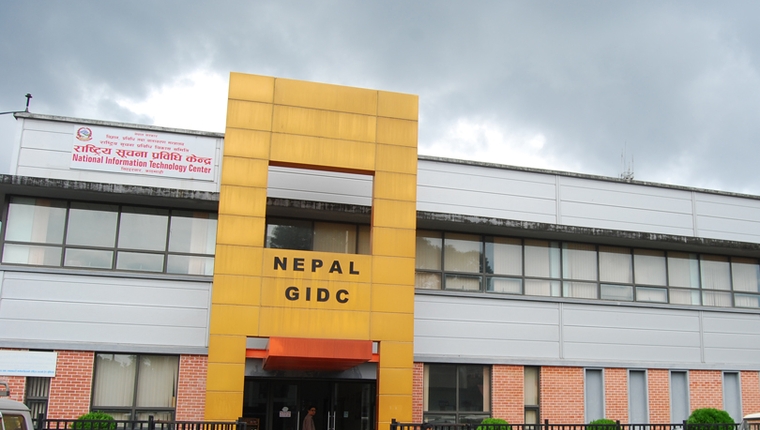On 9th September 2025, a group of Gen Z protestors entered Singha Durbar. We repeatedly urged them not to set fire to the Singha Durbar Data Center so what exactly is inside it?
The Government Integrated Data Center (GIDC), located within the premises of Singha Durbar in the heart of Kathmandu, Nepal, is a critical and confidential part of the country’s e-governance infrastructure. It was established in 2009 with support from the Korean government, specifically through the Korea International Cooperation Agency (KOICA). Later, in 2019, the Korean government also supported the establishment of a Disaster Recovery Data Center in Hetauda as a backup for the GIDC, which was subsequently handed over to the Government of Nepal.
So, what’s inside the GIDC, why is it important, and how is it related to us citizens?
Inside the GIDC are powerful servers that run applications and store vast amounts of data, interconnected through high-speed switches and routers to create a robust network. The infrastructure also includes a Storage Area Network (SAN) for large scale data storage and a network management system to monitor operations. This setup handles a wide range of government digital services, from websites and email to highly complex databases.
Why is it important, and how does it affect us citizens?
The GIDC serves as the backbone of Nepal’s digital governance. It hosts government websites, applications, and databases that enable citizens to access information and complete tasks online. This infrastructure supports essential services such as passport applications, driving license forms and records, land registration and ownership records, citizenship and national identity data, as well as birth, marriage, and death certificates.
What would have happened if it had been destroyed during the protest?
The GIDC’s infrastructure alone is estimated to be worth up to NPR 2 billion. Since it was provided with Korean government support, the cost of replacing its physical infrastructure would be substantial. However, the greatest and most incalculable loss would be the destruction of public records and citizen data. This includes national identity information, passport records, land ownership, vehicle registration, driving licenses, vital registrations, and even legal and court documents.
Even though a backup facility exists in Hetauda, the loss of the primary GIDC would have caused immense chaos and disruption to governance and public services. This is why the GIDC is of critical importance to every Nepali citizen.



